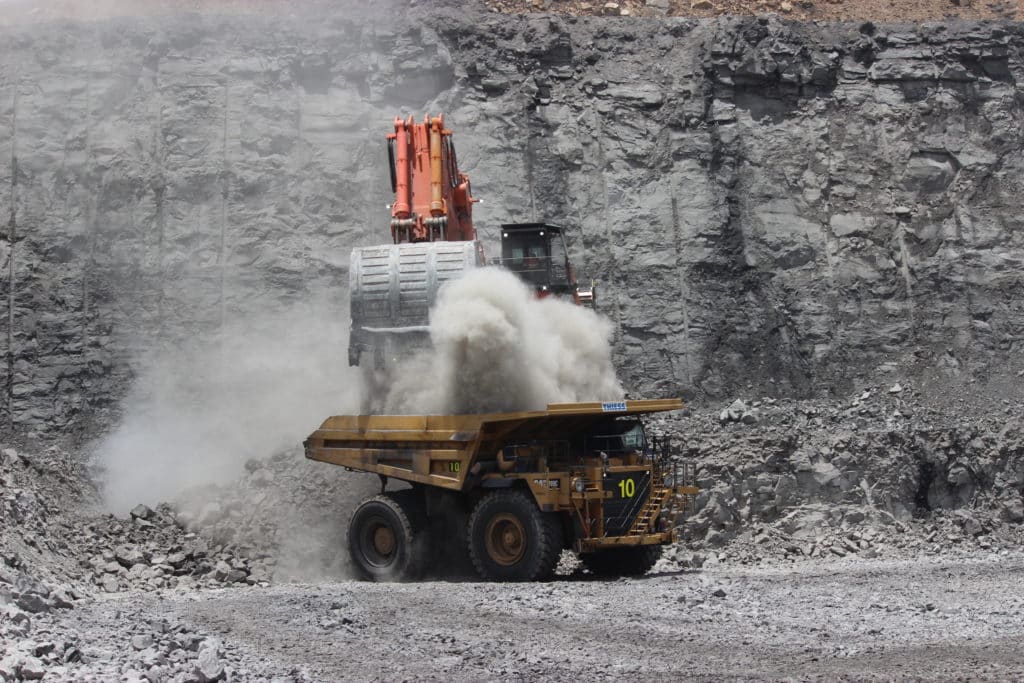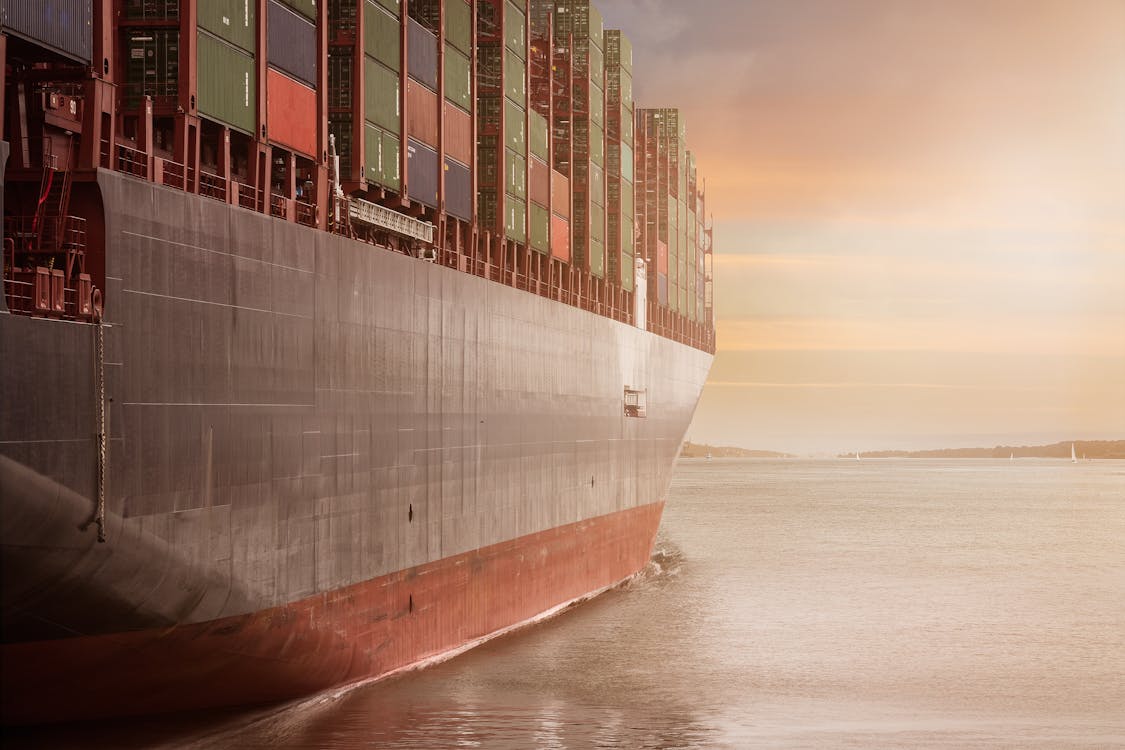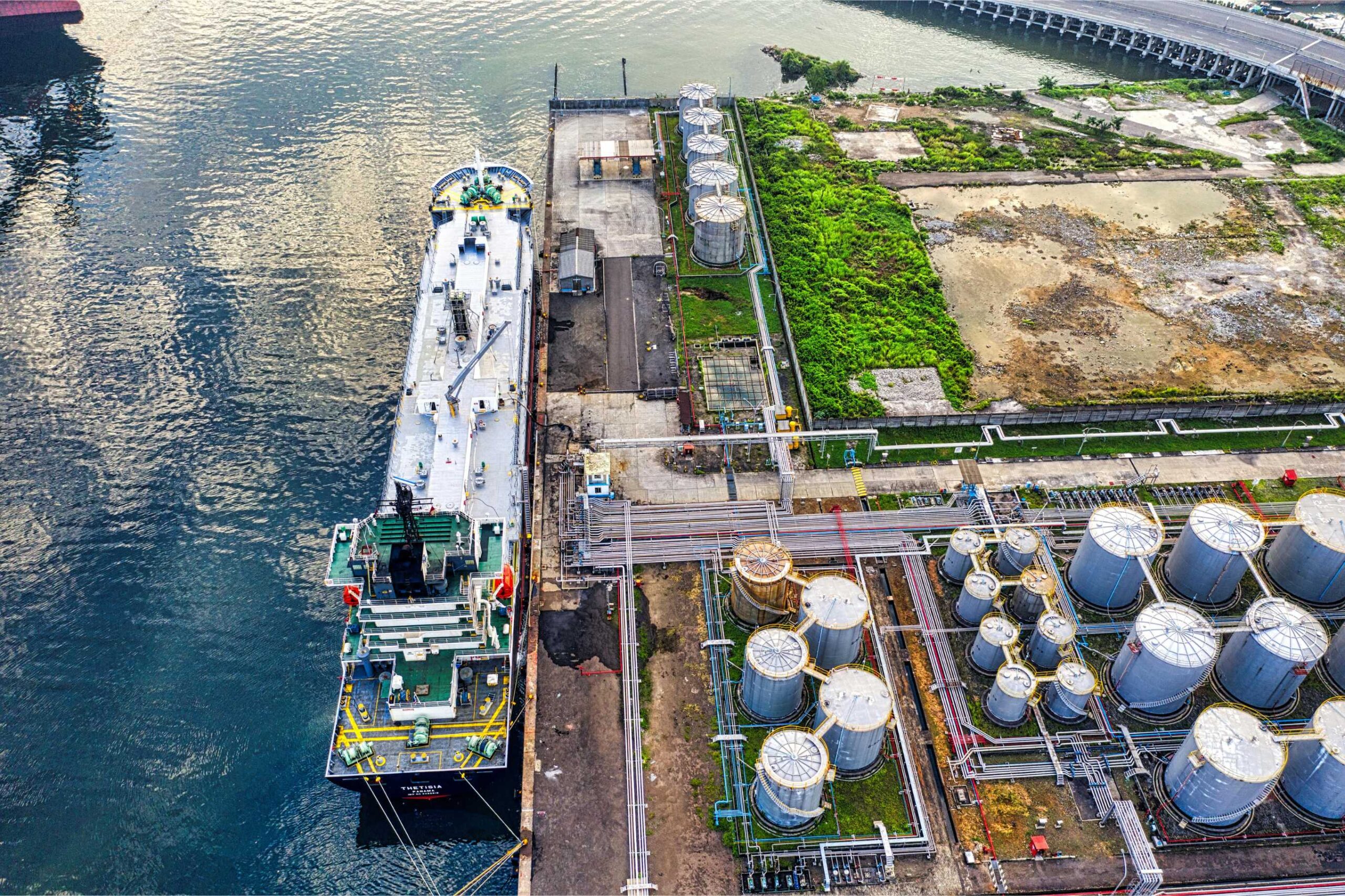On November 2019, the Queensland Department of Natural Resources, Mines and Energy (DNRME) released one of their most important standards to date, “Recognised Standard 20 (RS20): Dust control in surface mines”. This standard recognises the impact of dust to the human life and acknowledges that change and control of dust is required if Australia hopes to continue their contribution to the international trade in the mining industry, a major part of Australia’s export market.
In fact, mining is by far Australia’s single biggest export industry with mineral exports accounting for more than 55 per cent of Australia’s total exports. This is greater than services (including education and tourism), agriculture and manufacturing combined. Australia Is not only the world’s largest exporter of coal, iron ore, lead, diamonds, tantalum, and rutile, it is also the second-largest exporter of gold, zinc and uranium, as well as being the third-largest of aluminium.
By trading minerals with the rest of the world, Australia has:
- Generated export earnings to support economic growth and raise living standards.
- Given consumers lower prices and more choice.
- Forged more competitive industries.
- Helped introduce hundreds and thousands of jobs.
However, as Australia benefits from mining exportation, it has also negatively impacted the lives of many hard-working Australians. The combination of increased mining activities along with lower average rainfall has led to an increased number of dust storms in various locations in Australia. Furthermore, dust storms affected Australians are being more concerned over the increasingly high level of mining dust particulates being recorded. These particulates are airborne and small enough (less than five microns) to enter the lungs, potentially causing fatal respiratory problems and/or heart disease.
A local resident living close to a mine in Queensland, said, “The dust has got worse and worse and we’re seriously considering moving. It gets everywhere and we have three kids to think about. Something needs to be done about dust suppression before it makes us all sick.”
Are environmental regulations, health and safety concerns or potential profit loss a concern right now?

While local communities are at risk of dust exposure, front-line miners and mining employees are certain to be at risk. In 2019, Allan Whyte, a Queensland miner, was diagnosed with coal worker’s pneumoconiosis (CWP), also known as ‘black lung’. He said in an interview “I can’t walk from here to the car because I’m out of breath. I can’t do anything at all”. Allan Whyte is one of many miners affected by the dust generated from working in the mines. The increasing number of dust related medical incidences has resulted in the Queensland Department of Natural Resources, Mines and Energy to examine the issue in-depth which led to the recent publication of “Recognised Standard 20”. This initiative aims to raise the mining industry’s health and safety standard as well as improving the management of dust control around mining sites. These changes hope to reduce the impact of dust pollution on nearby local communities.
The standard specifically outlines that the most effective dust control measure is to eliminate the exposure before it can occur. To successfully achieve this, recognised standard 20 calls for the utilisation of additives and chemicals to capture and encapsulate dust to help prevent it from being airborne. By spraying specifically designed applications on affected areas, the generation of dust particles in the atmosphere will be significantly reduced thus lowering the impact dust has on mining employees and nearby local communities.
Furthermore, as mentioned in a recent GRT mining industry article, dust particles on mining sites are often naturally hydrophobic material, meaning that the chemical structure of the dust is not compatible with water. As a consequence, the water sprayed by the mining companies as a dust suppression preventative is essentially futile as the dust particles literally bounce of the high surface tension droplets and ascends into the atmosphere. However, with the addition of specifically designed additives and chemicals added to water, the specially engineered products can be utilised to suppress and contain the mining dust before it becomes airborne.
GRT has thoroughly invested in researching and developing ground-breaking chemical additives specifically designed for dust suppression, control, and management. Chemical solutions like GRT: Hau-Loc, GRT: Activate, GRT: Activate UG, GRT: Ore-Loc are among the many of the specifically designed chemical additives developed for containing dust around mining sites and operations. In addition to being an effective, cost-effective dust suppression chemical, GRT products are also eco-friendly as they greatly reduce the amount of water required to manage dust – in some cases, totally eliminating it.
Not only will GRT dust suppression solutions help mining organisations meeting their obligations under current legislation, the solutions will significantly help improve the containment of dust around mining sites, which will inherently improve the working conditions for all mining employees. In addition, the cost-effective eco-friendly solutions will provide long-term cost benefits for organisations. With recent trends suggesting that drought conditions in Australia are developing at an alarming rate, products and solutions that utilise less water are thus of paramount interest to the mining organisations during periods of drought.
As the Australian mining industry progresses into the future, more reports and concerns will be directed on the health and safety of the mining employees as well as the dust generated around mining sites. While RS20 focuses mainly on the dust control in surface mines, it is a fundamental step forward towards raising various important standards within the mining industry. GRT has shown that they have the necessary solutions to fulfill the needs provided in the RS20 and will therefore be an organisation that supports the next generation mining industry.
Troy Adams
Troy Adams is the Managing Director of Global Road Technology (GRT) Specialising in Engineered Solutions for Dust Suppression, Erosion Control, Soil Stabilisation and Water Management. A pioneering, socially conscious Australian entrepreneur, Troy Adams is passionate about health and safety and providing innovative solutions that are cost-effective to the mining industry, governments and infrastructure sectors. Troy is also a tech investor, director of companies like Crossware, Boost, Hakkasan, Novikov and more.
MORE INDUSTRY ARTICLES
April 24, 2024
Port Hedland Supports Australian Jobs
April 19, 2024

